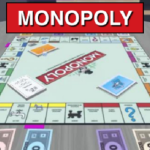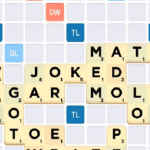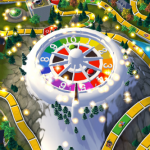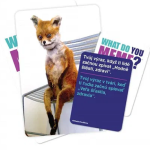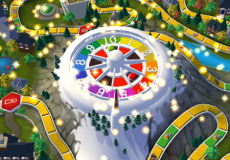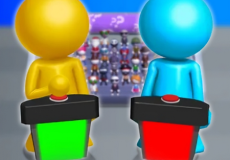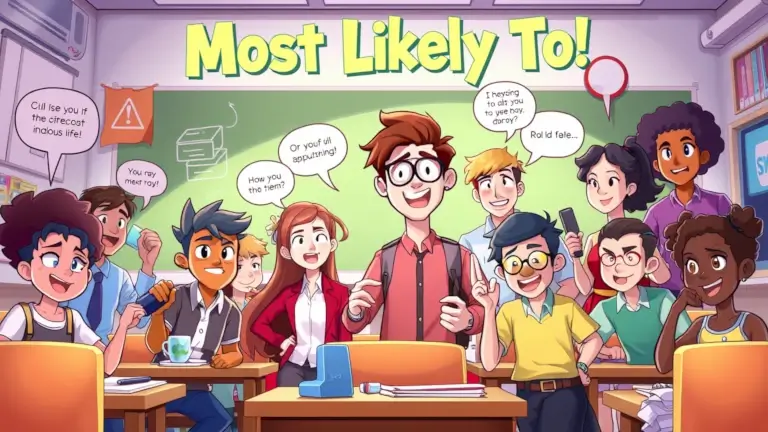

Most Likely Game
Most Likely Game is a conversational party activity centered around answering prompts that begin with the phrase “Who is most likely to…”. One player reads a question aloud, and everyone else points to or names the person in the group who they believe fits the description best. It is a game based on opinions, impressions, and group dynamics rather than fixed rules or a points system. This format encourages casual participation, with no winners or losers in the traditional sense. The main element of the game is how well players know each other or how they perceive one another.
Similiar games
Most Likely Game is a conversational party activity centered around answering prompts that begin with the phrase “Who is most likely to…”. One player reads a question aloud, and everyone else points to or names the person in the group who they believe fits the description best. It is a game based on opinions, impressions, and group dynamics rather than fixed rules or a points system. This format encourages casual participation, with no winners or losers in the traditional sense. The main element of the game is how well players know each other or how they perceive one another.
The questions can vary in tone—from funny and harmless to slightly more personal—so the group should agree on how far they are willing to go before starting. The prompts can come from a printed deck, a mobile app, or be created by the players themselves. Most Likely Game adapts easily to various group sizes and is particularly effective in informal environments like house parties, dorm rooms, or social retreats. A typical session flows quickly from one question to the next, often sparking conversation or laughter as the group reflects on the answers.
Where and How to Play
This game can be played seated in a circle, around a table, or in a digital format using video calls. It doesn’t require any preparation beyond having a list of prompts and a group willing to participate. Since the structure is loose, players can join or leave as needed without affecting the experience. Because it relies entirely on verbal responses and interaction, it’s suitable for a wide range of ages, though some prompts may need to be adjusted for younger players or mixed-age groups.
A good round of Most Likely Game depends on maintaining a respectful atmosphere, especially when questions touch on behavior or habits. To avoid discomfort, players can agree to skip certain prompts or set categories to avoid. It’s also useful to mix up the types of questions asked—some light, some surprising, and some intentionally vague—to keep the group engaged and guessing. The social element is what makes each session different, shaped by the personalities in the room.
Tips for Smooth Gameplay
- Decide on boundaries for question content before starting
- Rotate who reads the prompts aloud
- Include both custom and premade questions
- Keep the game moving to maintain energy
- Allow players to skip if uncomfortable
Most Likely Game is simple, adaptable, and designed to prompt reactions and discussion. It works especially well in groups where players are familiar with one another and willing to share opinions in a relaxed setting.
Discuss Most Likely Game



